The Basics
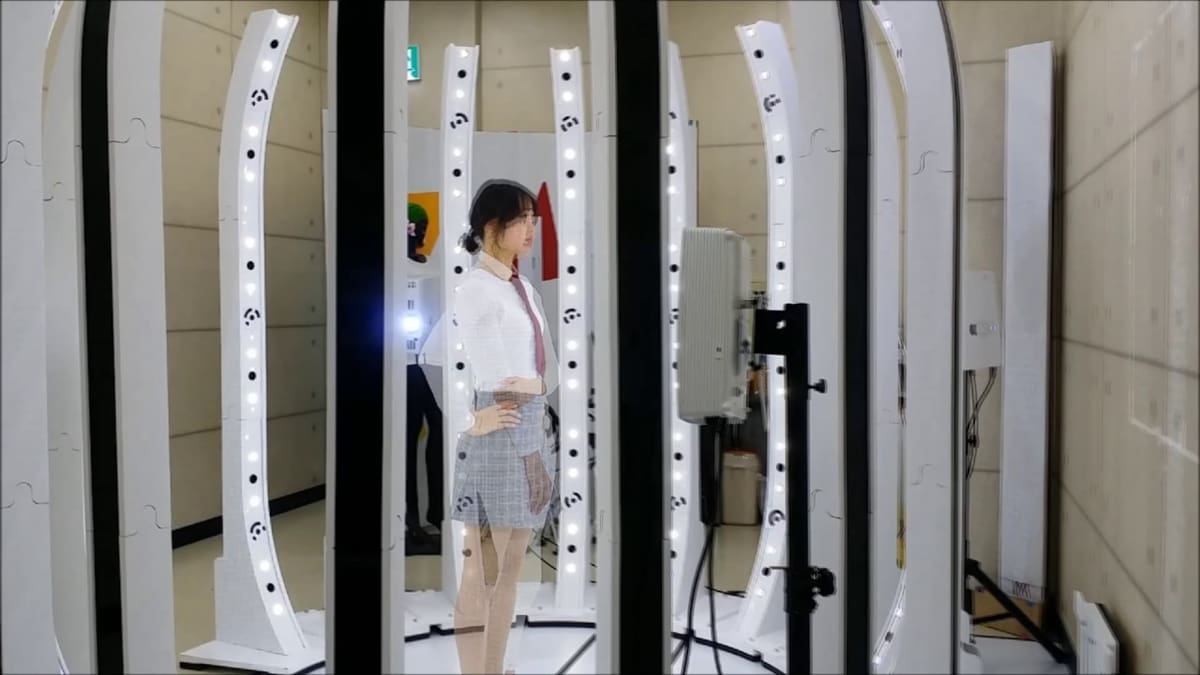
3D body scanners are changing how we approach major facets of life. Shopping for clothes, keeping airports secure, and planning medical care have all been transformed and made both easier and better through 3D body scanners. All of this is achieved by giving the user an accurate, holistic view of the human body via 3D technology.
These scanners capture the shape of a person’s body through a series of data points that come together in a 3D model. It combines 3D photo technology such as structured-light scanners, depth sensors, and stereoscopic vision, which means it uses a variety of measurements to encompass the various shapes and intricacies of human subjects, and combines them into one multi-data map. These data points are connected in ratios pulled from the scan’s measurements, and from those connections, a full 3D scan is fleshed out. It’s used in a huge variety of applications that benefit from ultra-personalization, like making shoes, giving nutritional advice, and fitting medical equipment.
Although 3D body scanning technology remains dominated by industrial professionals at the moment, it’s a fascinating process that gives everyone a great idea of what 3D technology is capable of producing. And it’s getting more accessible all the time.
Uses
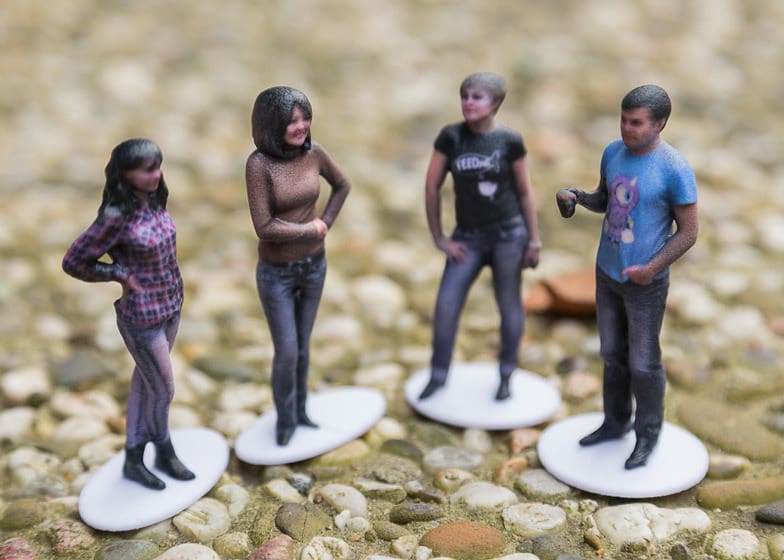
When you break it down, 3D body scanning can be simplified to collecting points of human data. Those data are the building blocks for a myriad of uses and discussion points, all made accessible through the same basic starting points. Here are a few of the most popular and effective uses for 3D body scanning that we’ve discovered so far:
- Custom garment design: What if you could order custom-fitting clothes without ever having to shop or go to the tailor in person? That’s the aim of companies and individuals who use 3D body scanning for garment design. Relying on pre-manufactured sizes is often more confusing than helpful, and in-person alterations require you to have the time and transportation to get to and stay throughout a lengthy fitting process. 3D body scanners let you get your own exact measurements in minutes so you can save time and frustration when you’re trying to find that perfect piece for your wardrobe.
- Benchmarking: The sheer amount of data used in 3D body scanning brings up privacy concerns while at the same time providing valuable real-world information. When consenting users agree to let their data points be added to statistics on average body benchmarks, they’re contributing to science and helping uncover what we still don’t know about ourselves and how we work.
- Morphometric evaluation: A more precise version of benchmarking, morphometrics studies the relative size and geospatial area of objects to one another. Internal medicine uses it primarily for organ location and evaluation, which is where 3D body scanning comes in. Although 3D body scanning does not have x-ray capabilities, it does have the ability to offer millions of data points on the outside surface shape of a skull (or an abdomen, or a foot), and studying the specifics of an individual’s outer surface can help bring attention to any areas that are out of the ordinary and warrant further study.
- Medical and fitness tracking: People lie on health self-evaluations. Wrist fitness trackers are faulty, odometers are tricky to calibrate – but 3D body scanning gets to the truth. One short scan generates a holistic picture of data about posture, height, weight, body shape, muscle amount, and more. They’re a great way to establish baselines as well as keep up with changes in any of those areas, which is why gyms are now investing in their own 3D body scanning aspects of fitness programs. There are plenty of medical ways to use these data points as well, from tracking pregnancy growth to personalizing the fit of a prosthetic limb – all with one machine.
- Ultra-realistic 3D printing (3D-printed selfies!): If you want to memorialize your awesome cosplay costume, bring yourself to life as a D&D token, or just have something sturdier than a photograph to remember your loved ones and friends, make a 3D selfie! Once you’ve captured yourself with 3D body scanning, take your data to any 3D printer and make your miniature come to life.
Types of Scanners
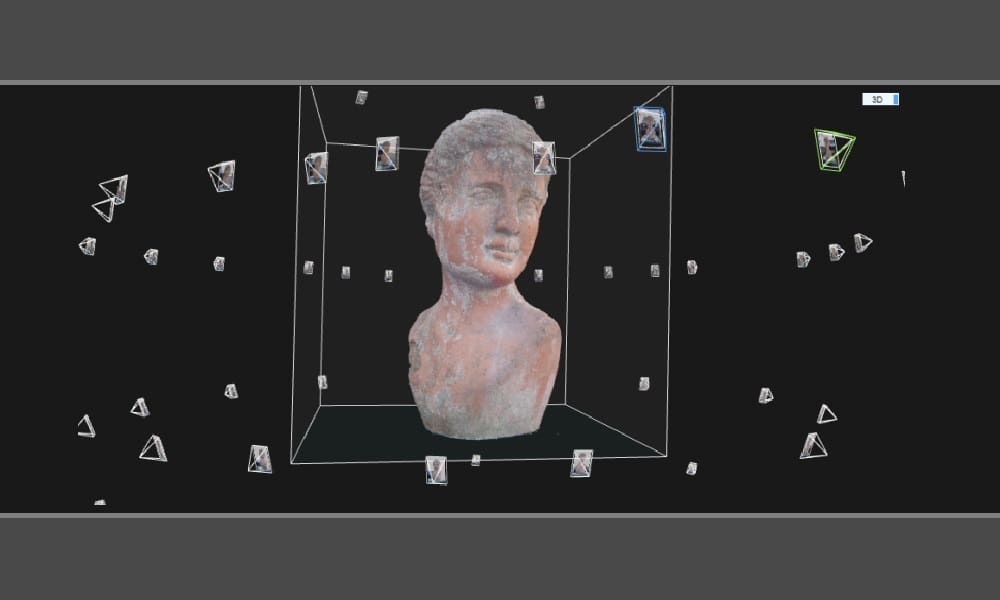
Each industry that uses 3D body scanners has fine-tuned their designs to suit their own specific needs. But underneath all the details, 3D body scanners operate in one of these basic ways:
- Photogrammetry: This is when a 3D body scanner takes many photos at once, each from a different angle. Then the scanner uses an algorithm to combine the photos together into the 3D image. It’s a great method for speed, color, and texture, able to capture all its data points in one instant.
- Structured light: For this process, the 3D body scanner sends out lines of light cast onto the object and triangulated with each other to form the scan. It’s highly detailed and accurate but requires the subject to stand stock-still for longer periods of time than photogrammetry.
- Hybrid: Some 3D body scanners use a combination of photogammetry and structured light to get the maximum amount of information for a scan. 3D selfie booths, for instance, tend to use a hybrid method so they can make their final printouts as detailed as possible.
Challenges
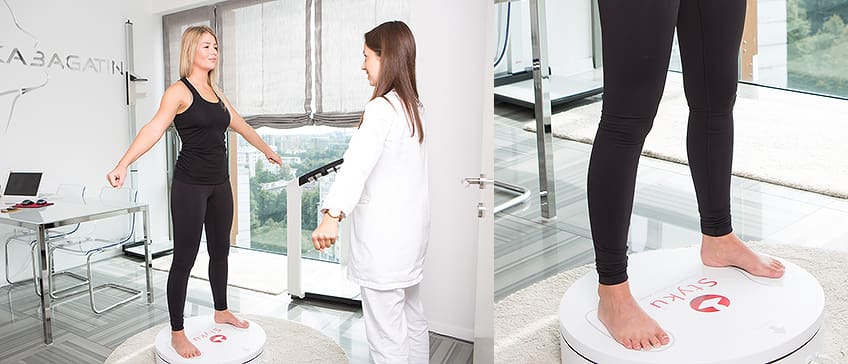
Using a 3D body scanner is pretty easy on the surface – you stand in place while the scanner does all the work in a few minutes at most, then wait just a little more for the software to compile your scan.
But using a 3D body scanner can be tricky if you don’t know what you’re getting into. The devil is in the details, and if you don’t get those right, you could be left wondering what went wrong. Check out these tips for making the most out of your process so your final product gives you the accuracy and assistance you need:
- Difficulty scanning small, hidden areas: 3D body scanners are surface-based. That means they’re great at capturing what they see – but not so much with areas that are hidden or tucked away by natural human posture, like armpits. If you need to capture areas that are not naturally exposed, consider that in your scanning pose. Holding your arms out or pulling up long hair to show where the neck connects to the head, for example, can lend great improvement to scanning visibility.
- Can’t incorporate subjective preferences: The data 3D body scanners collect are facts about how things are, and sometimes you’re looking more for something that is possible based on what’s there already. This is especially true for things like clothes, where people have personal preferences for how closely something adheres to their exact measurements. A 3D body scanner by itself can’t tell whether someone prefers tight or loose fits, long or short hemlines, more or less structure in their seams. That’s where personal communication still plays a vital role in using 3D body scanning technology.
- Risk of oversimplification: No matter how many data points a 3D body scanner takes from your measurements, it will always need those small leaps between points to connect them into a whole. This risk of oversimplifying can leave vital nuances out, especially if there are broad areas between clusters of data points. Outlines become fuzzy when there aren’t enough dots to connect, which means loss of data. Fortunately, 3D body scanners are getting more and more precise with each iteration. If you need the best accuracy, find a 3D body scanner that uses structured light.
- Amount of data needs large processing power: This is another area of processing that’s constantly improving. But the reality is 3D body scanners will always generate humongous clouds of data points. Their ability to render these useful is only as good as your processing machine, so if you’re not prepared to compromise any level of detail in your 3D body scans, make sure you’ve got a computer that can back that up.
- Cost of hardware: The majority of 3D body scanners have costs starting at five figures, which restricts their use as personal machines. You can get around that by taking advantage of 3D body scanners set up in public areas, such as 3D selfie booths that are starting to pop up in tourist areas and shopping centers around the world. If those aren’t accessible or practical for you yet, Naked Labs has introduced a home 3D body scanner that costs less than $1,000. We’ll give you the details below!
Our Favorites
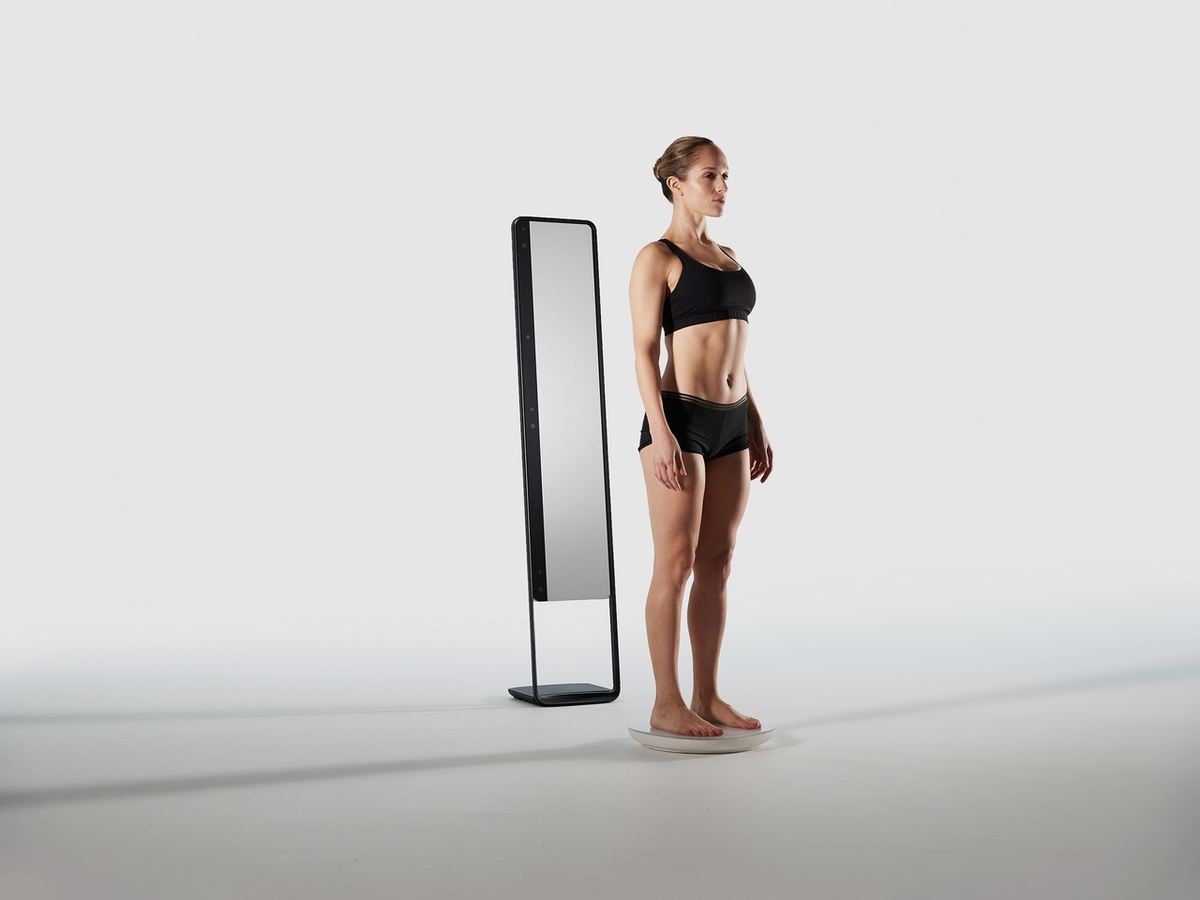
If you’re intrigued by 3D body scanners but haven’t had a chance to experience one, there are plenty available for anyone who has the money, space, and inclination. Here are a few of our favorites:
- Einscan Pro 2X 3D Scanner (Shining 3D), $5,499
Because of areas that are hard to reach with stationary scanners, handheld 3D scanners are perfect for 3D body scanning. Enter the Einscan – a portable, lightweight 3D scanner capable of rendering 0.05 mm scanning accuracy. It’s also the most versatile 3D body scanner on our list; you can use it in its Fixed Scan Mode as well as whatever handheld positions work best for you. Its maker, Shining 3D, has been perfecting this technology for over 15 years. - Artec Eva (Artec 3D), request a quote
What we love about the Artec Eva is how it combines ease of use with vibrant scan quality. It doesn’t require calibration, which means you can use it like a video camera. This makes it intuitive for those just trying out a portable 3D scanner and especially useful for subjects that may be difficult to capture completely still – like a human body. And it keeps its source’s colors and textures as vibrant as they are in real life, which makes it perfect for clothes scanning purposes. - Peel 3D Scanner (Creaform), $5,999
All the convenience of a portable 3D scanner is made even easier with the Peel. It weighs less than a kilo (850 g) and has a curved design that makes it easy to use with one hand without compromising the quality of the scan. It’s rated for small to medium projects – its capacity is about three meters cubed – but its software makes combining a series of scans seamless for larger objects. - Naked Labs Full Body Scanner (Naked Labs), $1,395
This model piques our interest because it’s one of the first 3D body scanners meant to be used (and priced) as a personal, at-home appliance. Its simple setup makes it ideal for first-time users as well: you put a bathroom scale-type platform in front of a full-length mirror, and then the scale rotates you so the cameras in the mirror can capture you at all angles. You can use the data you collect about yourself for personalized clothes shopping and fitness tracking without needing to leave your house or consult experts. - Shapify Booth (Artec), $39,000
Originating in Luxenburg, Shapify booths are now popping up all over the world so people can experience 3D body scanning for fun without having to buy their own machine. They’re strategically located in four areas of the United States and seven in Europe, and they travel to different events like comic conventions for crowds to take advantage of the process wherever they are. It takes only fifteen minutes to go from posing to printing your own 3D selfie – even less time to get a copy of the scan itself. - VITUS 3D Body Scanner (Vitrionic), prices vary
These guys have been in the body scanning business for over 20 years, and their attention to detail shows in their 3D equipment. They use a double triangulating process of structured light within an enclosed scanning cabinet to capture the most accurate data on all levels of collection, including color.
Body scanning is truly the next frontier in 3D technology. Use our guide to see for yourself how it can change your life for the better!
Featured image source: Mode Body Boutique